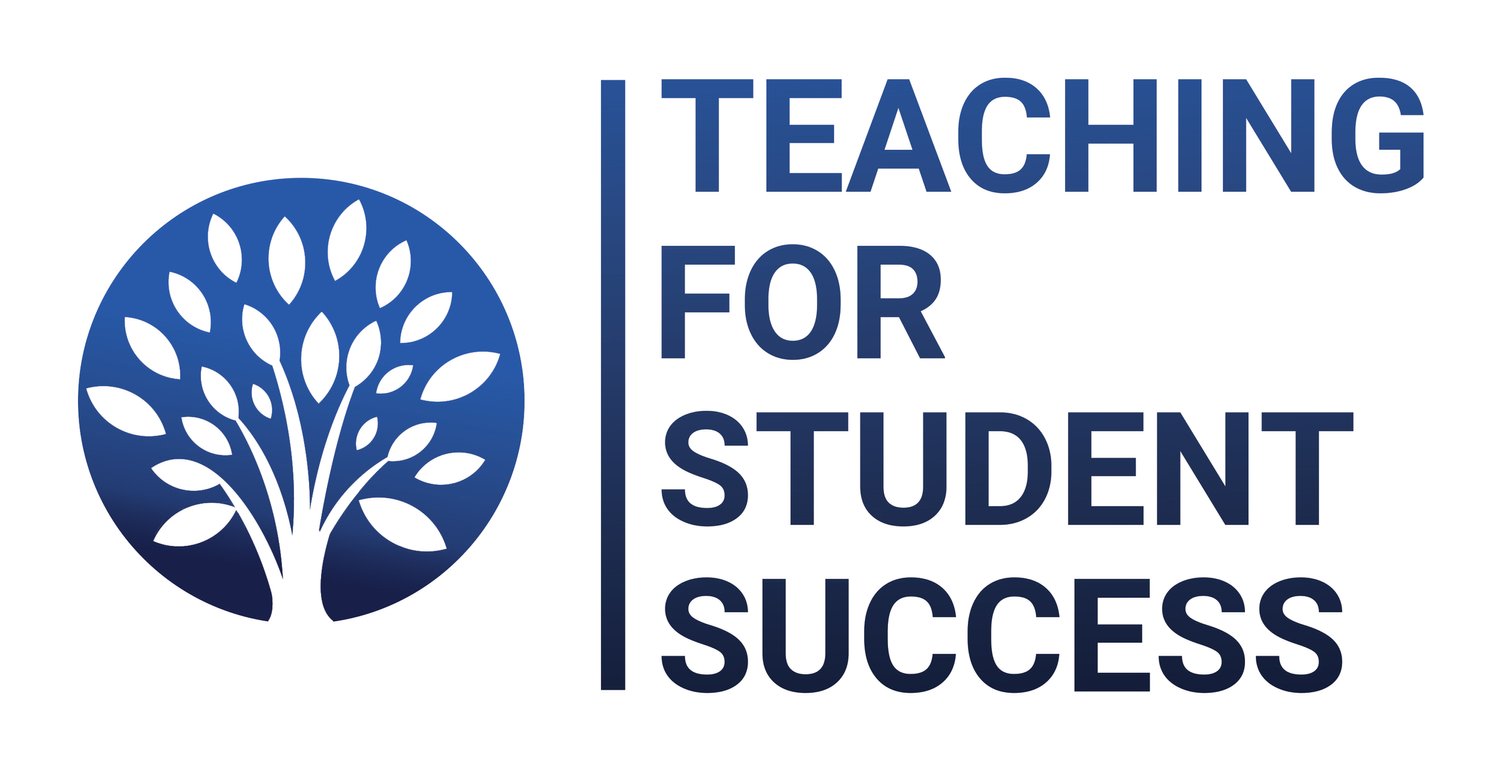Episode 23: Strangers in a Strange Land: How Black Students Succeed at a Primarily White Institution with Dr. Julie Stanton
Listen to Full Episode
Summary
Higher education is recognizing the importance and value of diversity and inclusivity in our institutions, our classes, our majors, and in the workforce. Along with this recognition are efforts to increase the success and graduation rates of all students with particular attention to our historically excluded, minoritized, marginalized, and first generation students. Many approach this work from a perspective of deficits: students aren’t succeeding because of what they are missing. An alternative perspective is anti-deficit: recognizing what students are doing to succeed. For example: Instead of the deficit perspective: “Why don’t certain groups of students persist?” One might reframe the question and ask “How do certain groups of students manage to persist and earn degrees despite any number of negative forces that are working against them?“. Dr. Julie Stanton, Associate Professor in the Department of Cell Biology at University of Georgia in Athens Georgia talks about her Participatory Action Research project that informs us about strategies that black students use to succeed at a primarily white institution. Please listen for an engaging and fascinating discussion of community cultural wealth.
References:
Stanton, Julie Dangremond, Means, Darris R., Babatola, Oluwadamilola, Osondu, Chimezie, Oni, Omowunmi, & Mekonnen, Birook. (2022). Drawing on Internal Strengths and Creating Spaces for Growth: How Black Science Majors Navigate the Racial Climate at a Predominantly White Institution to Succeed. CBE—Life Sciences Education, 21(1), ar3.
Means, Darris R., Stanton, Julie Dangremond, Mekonnen, Birook, Oni, Omowunmi, Breeden, Roshanda L., Babatola, Oluwadamilola, Beckham, Morgan A., & Marshall, Brandon (2023). A Deeper Calling: The Aspirations and Persistence of Black Undergraduate Students in Science at a Predominantly White Institution. The Review of Higher Education, in press.
Recommended Resources
Yosso, T. J. (2005). Whose culture has capital? A critical race theory discussion of community cultural wealth. Race Ethnicity and Education, 8(1), 69-91.
Denton, M., Borrego, M., & Boklage, A. (2020). Community cultural wealth in science, technology, engineering, and mathematics education: A systematic review. Journal of Engineering Education, 109(3), 556-580.
Harper, S. R. (2010). An anti‐deficit achievement framework for research on students of color in STEM. In S. R. Harper & C. B. Newman (Eds.), Students of color in STEM: Engineering a new research agenda. New Directions for Institutional Research (Vol. 2010, pp. 75-83). San Francisco: Jossey-Bass.
Cammarota, J., & Fine, M. (2008). Youth participatory action research: A pedagogy for transformational resistance. In J. Cammarota & M. Fine (Eds.), Revolutionizing education: Youth participatory action research in motion (pp. 1-11). New York, NY: Routledge.
Ladson-Billings, G. (1998). Just what is critical race theory and what's it doing in a nice field like education? International Journal of Qualitative Studies in Education, 11(1), 7-24.
Dewsbury, B. M. (2020). Deep teaching in a college STEM classroom. Cultural Studies of Science Education, 15(1), 169-191.
Website

